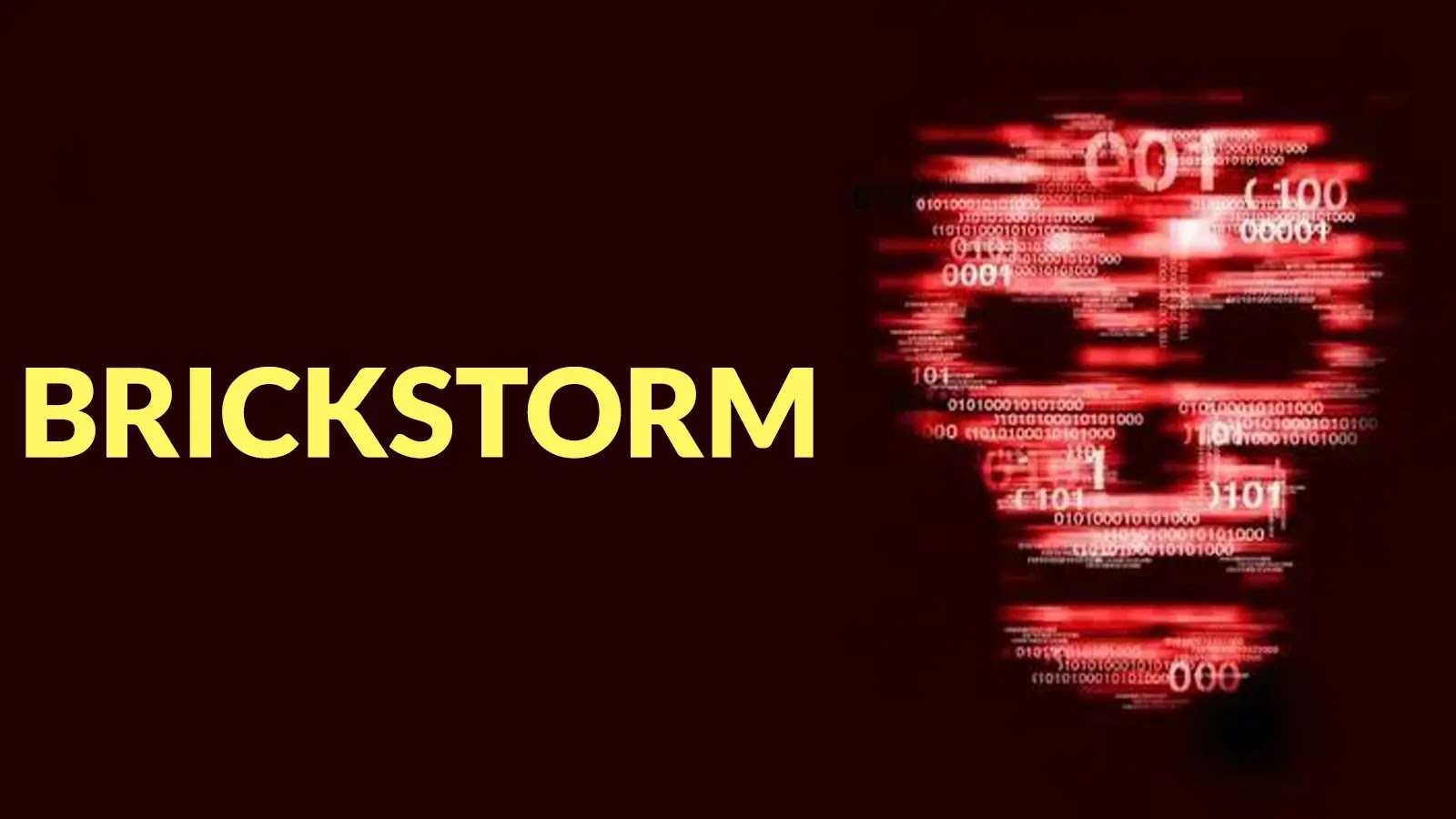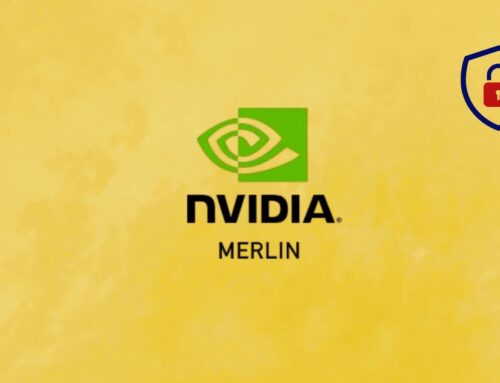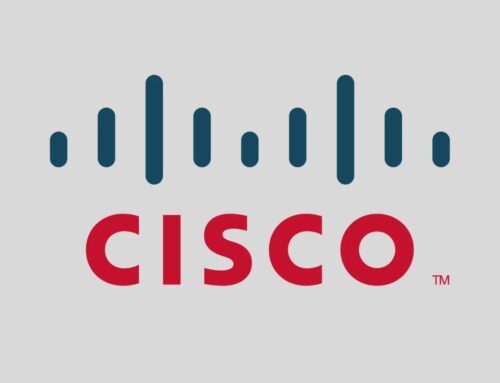
New BRICKSTORM Stealthy Backdoor Attacking Tech and Legal Sectors
The digital landscape is a constant battleground, and even the most vigilant organizations can fall victim to sophisticated attacks. A new and particularly menacing threat has emerged, dubbed BRICKSTORM, a stealthy backdoor specifically engineered to target critical networks within the technology and legal sectors. This advanced persistent threat (APT) exploits fundamental trust relationships, silently infiltrating systems and posing a significant risk to intellectual property, client confidentiality, and operational integrity.
BRICKSTORM: A New Era of Evasive Backdoors
First observed in mid-2025, BRICKSTORM stands out due to its highly evasive tactics. Unlike common malware, it employs a multi-stage loader architecture, allowing it to deliver its payload incrementally and adapt to defensive measures. This modular approach makes detection challenging, as each stage presents a different signature, frustrating traditional endpoint protection and network intrusion detection systems.
The backdoor also leverages covert communication channels, often blending its traffic with legitimate network activity to avoid detection. This sophisticated obfuscation makes it incredibly difficult for security analysts to differentiate malicious data exfiltration or command-and-control (C2) communications from regular network operations. Early reports from victim organizations cited unusual latency in remote desktop sessions, a subtle but critical indicator that prompted deeper forensic investigation and ultimately led to the discovery of BRICKSTORM.
Targeting Trust: Tech and Legal Industries Under Fire
The choice of targets – technology and legal firms – is not coincidental. Both sectors handle a vast amount of sensitive and proprietary information, making them prime targets for corporate espionage, data theft, and ransomware deployment. Technology companies possess valuable intellectual property, source code, and strategic roadmaps, while legal firms manage highly sensitive client data, litigation strategies, and confidential agreements. BRICKSTORM’s ability to exploit established trust relationships within these interconnected ecosystems allows it to move laterally and vertically with terrifying efficiency, turning internal partnerships into vectors for compromise.
Understanding BRICKSTORM’s Modus Operandi
While specific details concerning BRICKSTORM’s initial infection vectors are still under investigation, its multi-stage loading mechanism indicates a preference for stealth over brute force. This often involves:
- Phishing/Spear-Phishing: Tailored emails containing malicious attachments or links designed to trick employees into executing the initial loader.
- Supply Chain Attacks: Compromising software updates or third-party components to inject malicious code into legitimate applications.
- Exploiting Known Vulnerabilities: Leveraging unpatched systems to gain an initial foothold. (As of now, no specific CVEs have been publicly linked to BRICKSTORM’s primary attack chain, emphasizing its novel nature.)
Once established, the backdoor facilitates persistent access, enabling attackers to:
- Exfiltrate sensitive data.
- Deploy additional malware (e.g., ransomware, keyloggers).
- Establish long-term surveillance.
- Manipulate or disrupt critical systems.
Remediation Actions and Protective Measures
Defending against an elusive threat like BRICKSTORM requires a multi-layered and proactive security strategy. Organizations in the technology and legal sectors, especially, must prioritize advanced threat detection and incident response capabilities.
- Enhanced Endpoint Detection and Response (EDR): Implement EDR solutions with advanced behavioral analysis capabilities to detect unusual process creation, file modifications, and network connections that might indicate BRICKSTORM activity.
- Network Traffic Analysis (NTA): Deploy NTA tools to monitor for covert communication channels. Focus on detecting anomalous traffic patterns, encrypted tunnels, and unusual destination ports or protocols.
- Zero Trust Architecture (ZTA): Adopt a Zero Trust model, where every access request is verified regardless of its origin. This significantly limits lateral movement even if an initial compromise occurs.
- Regular Security Audits and Penetration Testing: Conduct frequent audits of your security posture and penetration tests to identify weaknesses that BRICKSTORM or similar threats could exploit.
- Employee Security Awareness Training: Continuously train employees on identifying sophisticated phishing attempts, social engineering tactics, and the importance of reporting suspicious activity.
- Patch Management: Maintain a rigorous patch management program to ensure all systems and applications are up-to-date, reducing the attack surface for potential exploits.
- Robust Incident Response Plan: Develop and regularly test a comprehensive incident response plan specifically tailored for sophisticated backdoor detection and eradication.
Recommended Tools for Detection and Mitigation
| Tool Name | Purpose | Link |
|---|---|---|
| CrowdStrike Falcon Insight | Endpoint Detection & Response (EDR), threat hunting | https://www.crowdstrike.com/products/endpoint-security/falcon-insight-xdr/ |
| Darktrace AI Analyst | Network Traffic Analysis (NTA), anomaly detection | https://www.darktrace.com/products/ai-analyst/ |
| Palo Alto Networks Prisma Access | Secure Access Service Edge (SASE), Zero Trust enforcement | https://www.paloaltonetworks.com/sase/zero-trust-network-security |
| Nessus Professional | Vulnerability Scanning, patch management support | https://www.tenable.com/products/nessus |
Final Thoughts: Staying Ahead of Advanced Threats
The emergence of BRICKSTORM underscores the evolving nature of cyber threats. Its stealth, multi-stage loading, and ability to exploit trust relationships make it a formidable adversary. For organizations in the technology and legal sectors, particularly, proactive security measures, robust incident response capabilities, and continuous vigilance are no longer options but absolute necessities. Understanding its modus operandi and implementing the recommended remediation actions are crucial steps in protecting sensitive data and maintaining operational integrity against such advanced backdoors.





